exclusive Asia
New details of Malaysia’s 1MDB settlement with Goldman Sachs emerge as arbitration dispute drags on
Prime Minister Anwar Ibrahim previously described Malaysia’s 2020 settlement with Goldman Sachs over the 1MDB scandal as “done hastily” and “too small”. CNA has uncovered new details about the confidential agreement.
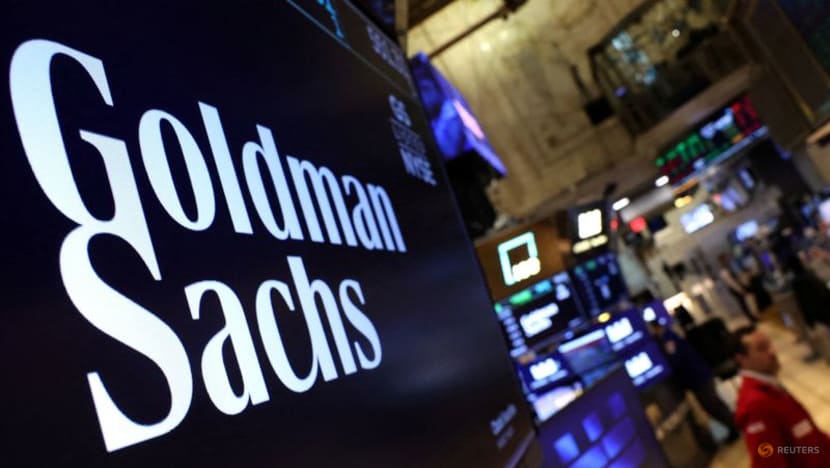

This audio is generated by an AI tool.
KUALA LUMPUR: New details of the controversial multi-billion-dollar financial settlement between Malaysia and United States bank Goldman Sachs for the latter’s role in the 1Malaysia Development Berhad (1MDB) scandal have surfaced in a months-long investigation by CNA.
Under the confidential settlement signed by both sides in August 2020, the Malaysian government, led at the time by Prime Minister Muhyiddin Yassin, significantly lowered the thresholds for a deal set by his predecessor Mahathir Mohamad.
This was what CNA found after more than a dozen interviews with Malaysian government officials, local and foreign lawyers and bankers.
Muhyiddin was Malaysia’s prime minister from March 2020 to August 2021, taking over from Mahathir, who served as premier for the second time for 22 months between May 2018 and February 2020.
Under Mahathir’s watch, the Securities Commission, Malaysia's chief capital markets watchdog agency, was then pursuing fines against Goldman Sachs amounting to over US$6.3 billion, comprising fines over criminal and civil penalties, according to lawyers and government officials involved in the 1MDB asset recovery campaign.
Separately, Mahathir’s government wanted to initiate settlement negotiations by anchoring talks with a higher figure of close to US$9 billion against Goldman Sachs for its outsized role in the 1MDB scandal, the sources said.
But the settlement terms later hammered out by the Muhyiddin administration included immunity from criminal and civil action granted to 17 Goldman Sachs directors and certain corporate entities of the bank, and a far lower settlement figure, senior lawyers close to the situation told CNA.
The new figure was the US$3.9 billion that Goldman Sachs agreed in July 2020 to pay to the Malaysian government in exchange for dropping all criminal charges against the bank.
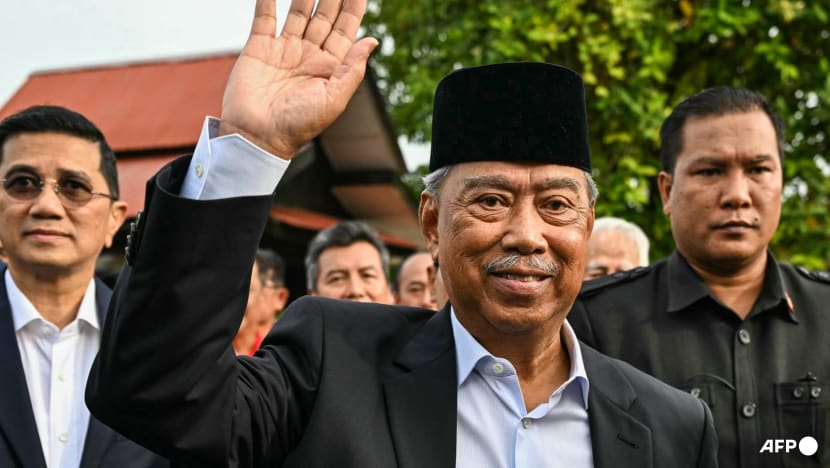
1MDB was a state fund launched in 2009 by then Prime Minister Najib Razak to promote economic development.
It raised billions of dollars in bonds for investment projects and joint ventures but the money was later stolen in an elaborate scheme that came to light in 2015.
The scandal spanned multiple countries and implicated Najib – who is now serving a jail term for a 1MDB-related corruption conviction – as well as fugitive financier Low Taek Jho and other individuals.
Goldman Sachs structured US$6.5 billion in 1MDB bonds and collected over US$600 million in fees. Besides the agreement with Malaysia, it agreed to pay US$2.9 billion to settle a US-led investigation in 2020.
CONFIDENTIAL AGREEMENT RAISES QUESTIONS
Malaysia received an upfront payment of US$2.5 billion from Goldman Sachs when its settlement deal was finalised on Aug 18, 2020.
Kuala Lumpur was to have been fully paid the remaining US$1.4 billion last month under the terms of the agreement reached in 2020, according to government sources close to the ongoing asset recovery efforts.
But that chunk of the settlement is now in limbo, locked up in a London arbitration case brought by Goldman Sachs that has already dragged out for more than two years.
Last month’s passing of the deadline on a full settlement has renewed debate over the controversial resolution with Goldman Sachs that has been kept out of public scrutiny because it remains classified under the Official Secrets Act.
“The settlement with Goldman (Sachs) is a black spot in our recovery campaign,” said a senior finance ministry official with direct knowledge of the government's ongoing efforts to claw back the losses from the 1MDB debacle.
Unlike the Goldman Sachs settlement, asset recovery efforts on other fronts have recouped more than initially expected.
For example, US financial institution JPMorgan Chase last month agreed to pay Malaysia US$330 million to resolve all existing potential claims or court cases on the 1MDB scandal.
The government sources noted that the US bank, which was only involved in transferring funds related to 1MDB, had first offered to settle the matter for US$20 million.
Government officials familiar with the asset recovery campaign said the ongoing dispute-resolution proceedings in London have complicated plans by Prime Minister Anwar Ibrahim’s government to revisit the settlement agreement with Goldman Sachs that he has described as “done hastily” and “too small”.
"I agree (with a review) because from the start, I felt the settlement agreement was done hastily which led to many questions being raised," Anwar was quoted as saying by Bernama news agency in April 2023.
Anwar did not respond to queries from CNA over how his government plans to deal with the settlement with Goldman Sachs.
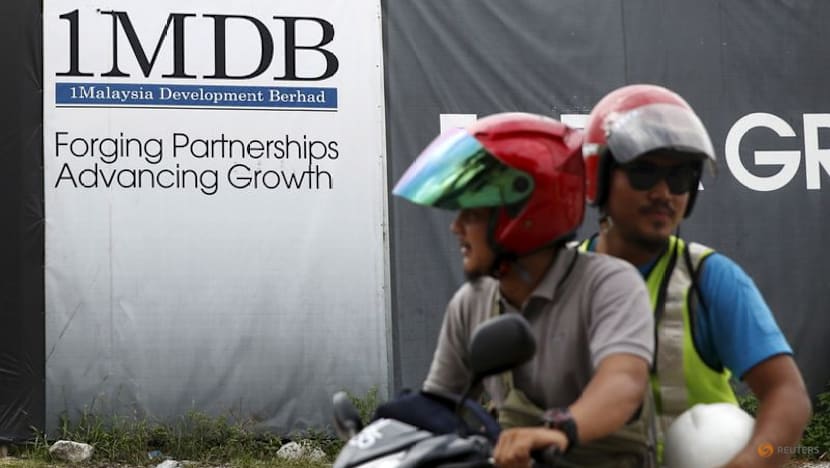
Johari Abdul Ghani, Malaysia’s Minister for Plantation and Commodities who is also chairman of the 1MDB Asset Recovery Task Force established by the Anwar administration, declined to comment for this article.
“It would be inappropriate to make any comments because of the ongoing proceedings in London,” said Johari who, like Anwar, has been critical of the settlement.
LACK OF TRANSPARENCY?
Some senior lawyers and lawmakers are calling for a review of the Goldman Sachs settlement.
“Why can’t we be transparent about all these dealings? … It’s about time the government is not permitted to enter into secret settlements,” former Law Minister Zaid Ibrahim told CNA.
The 1MDB fiasco is widely seen as a key factor behind the collapse of the long-standing Barisan Nasional government in the 2018 general election due to widespread public anger over the corruption. It led to the subsequent jailing of Najib, who is still facing corruption charges for other 1MDB-related offences.
Not only did it expose deep-seated corruption in politics and government, the scandal has led to a fragmented political landscape that has only produced weak coalition governments, political analysts said.
In recent weeks, Malaysian anti-graft investigators have claimed that the government has recouped US$7.07 billion (RM29.7 billion), or roughly 75 per cent that 1MDB had racked up in debts, under a multi-jurisdictional campaign to trace illicit funds siphoned from 1MDB.
But those estimates pale in comparison to the more than RM43.8 billion at end-2023 that the government has paid towards servicing the interest and settling a major chunk of the 1MDB debt, according to official disclosures.
TALKS WITH GOLDMAN INTERRUPTED BY CHANGE IN GOVT: SOURCES
Talks between negotiators led by then Attorney General Tommy Thomas and representatives from Goldman Sachs over its role in the 1MDB scandal began in September 2019.
Those talks also included private sessions between the late former Finance Minister Daim Zainuddin, who at the time served as Mahathir’s chief economic advisor, and John F. W. Rogers, executive vice president and secretary to the board of directors of Goldman Sachs, in Kuala Lumpur.
Lawyers familiar with the negotiations, including close aides of Daim, who died in November 2024, said that the US bank played hardball and refused to budge from its final settlement offer of US$1.75 billion, while Malaysia had dropped its claims to US$4 billion from its starting position of US$9 billion.
After three rounds of meetings, with the last taking place in early February 2020, both parties failed to reach common ground.
Later that month, Mahathir’s surprise resignation triggered a change in government with Muhyiddin taking over as prime minister after bringing together a new coalition government.
The stalled negotiations with Goldman Sachs restarted in late June, led by Muhyiddin’s new finance minister Tengku Zafrul Aziz, who is currently Minister of Investment, Trade and Industry.
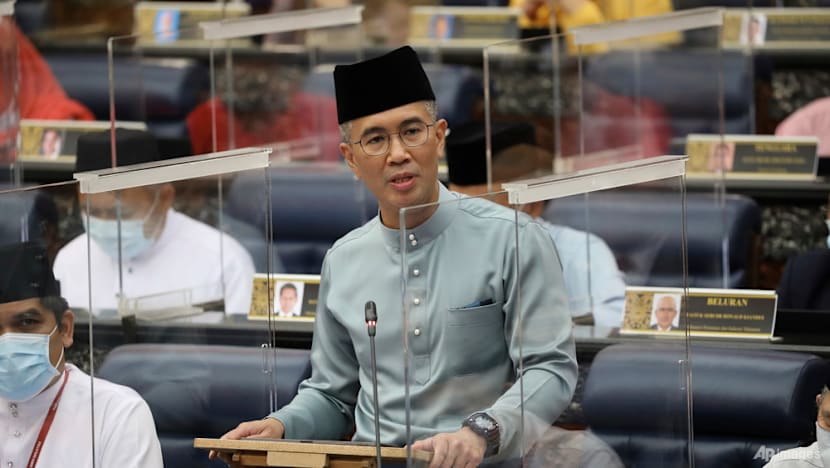
In an operation codenamed “Project New Dawn”, Tengku Zafrul assembled a team from various agencies, including the Attorney General Chambers, the Securities Commission and a group of private sector lawyers, to restart talks with Goldman Sachs in late June 2020.
Lawyers and government officials close to the situation noted that by late July, both sides had agreed on a settlement that was finalised on Aug 18, 2020.
Tengku Zafrul announced at the time that Goldman Sachs would “make a US$2.5 billion upfront payment and a guarantee of a full recovery value of at least US$1.4 billion that are traceable to the 1MDB funds”.
The Muhyiddin government gave no other details on the mechanics of how the settlement amount was reached or how the asset recovery process would be conducted.
The Malaysian government has never disclosed that the settlement agreement had called for the Malaysian Securities Commission to permanently withdraw all investigations of breaches to the capital markets laws that exposed Goldman Sachs to fines to criminal and civil penalties of more than US$6.3 billion sought by the Mahathir government.
Nor did the government reveal that 17 directors of Goldman Sachs had been granted immunity to any criminal and civil action as part of the settlement deal, according to lawyers familiar with the settlement agreement and the ongoing arbitration in London.
Three months later, in October 2020, Goldman Sachs would pay a fine of US$2.9 billion to the US Department of Justice after admitting “to conspire to violate the Foreign Corrupt Practices Act in connection with a scheme to pay over US$1 billion in bribes to Malaysian and Abu Dhabi officials” in the 1MDB affair.
Tengku Zafrul did not respond to queries submitted by CNA on the mechanics behind the settlement figure and why Malaysia decided to embark on an asset recovery exercise with Goldman Sachs.
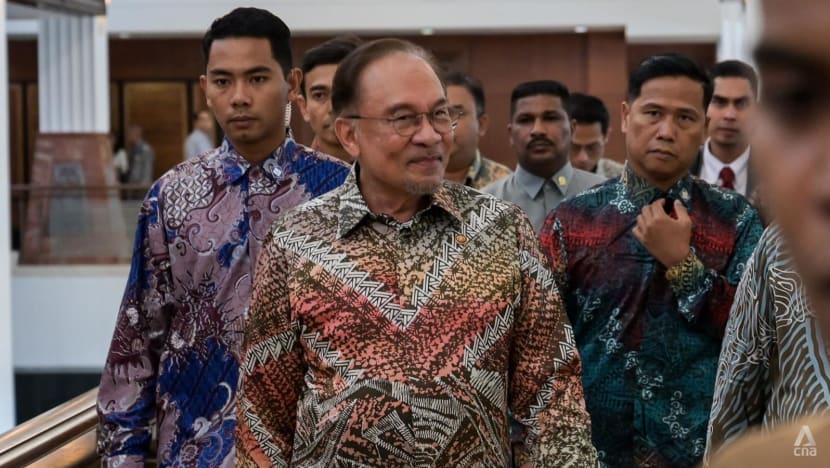
MILESTONES FOR ASSET RECOVERY
Government officials and lawyers close to the 1MDB asset recovery campaign told CNA that shortly after Goldman Sachs settled the upfront US$2.5 billion payment under the settlement agreement with Malaysia, the bank appointed US-based StoneTurn in October 2020 as the so-called asset recovery specialist.
Under the settlement agreement, StoneTurn, an advisory outfit founded in 2004 and specialising in investigations, cybersecurity and risk compliance, was tasked with assisting the Malaysian government in the recovery of assets that were acquired with funds tied directly to the US$6.5 billion that Goldman raised in three separate bond issues for 1MDB.
Lawyers close to the 1MDB recovery efforts also noted that the asset recovery process featured bi-annual reporting by the Malaysian government to Goldman Sachs and set milestones for the full settlement of the remaining US$1.4 billion.
These are the milestones, according to lawyers familiar with the settlement agreement and the ongoing arbitration:
- If the asset recovery efforts failed to secure at least US$5OO million before Aug 18, 2022, exactly two years after the settlement agreement was signed, Goldman Sachs would be required to advance US$250 million as a form of an interim payment to the Malaysian government.
- In year five (Aug 18, 2025), should total asset recoveries including the US$250 million interim payment fall below US$1.4 billion, Goldman Sachs would need to meet the shortfall.
This confidential asset recovery arrangement ran into trouble.
Sources close to the ongoing dispute said the Malaysian government had declared to Goldman Sachs in August 2022 that roughly US$365 million had been recouped under the asset recovery programme.
Since it was below the minimum US$500 million target set under the settlement agreement, sources said Kuala Lumpur had demanded that Goldman Sachs honour the interim payment of US$250 million.
“That was when the dispute came up. Goldman’s lawyers said that Malaysia was lowballing the recovery figures,” said a senior Malaysian lawyer close to the situation, referring to New York-based law firm Sullivan & Cromwell.
The sources added that the US banking giant had argued that the Malaysian government’s accounting of the recovered assets had omitted luxury items and funds from two ex-Goldman Sachs employees amounting to US$179 million, and another US$666 million (RM2.8 billion) that Kuala Lumpur received from Ambank Group, the local financial institution that was used as the central financial conduit for 1MDB.
Malaysia has disputed Goldman Sachs’ contention, arguing that the disputed assets recovered were in no way tied directly to funds raised from the three bond issues.
The dispute led Goldman to file a suit against the Malaysian government at the London Centre for International Arbitration on Oct 11, 2023.





















